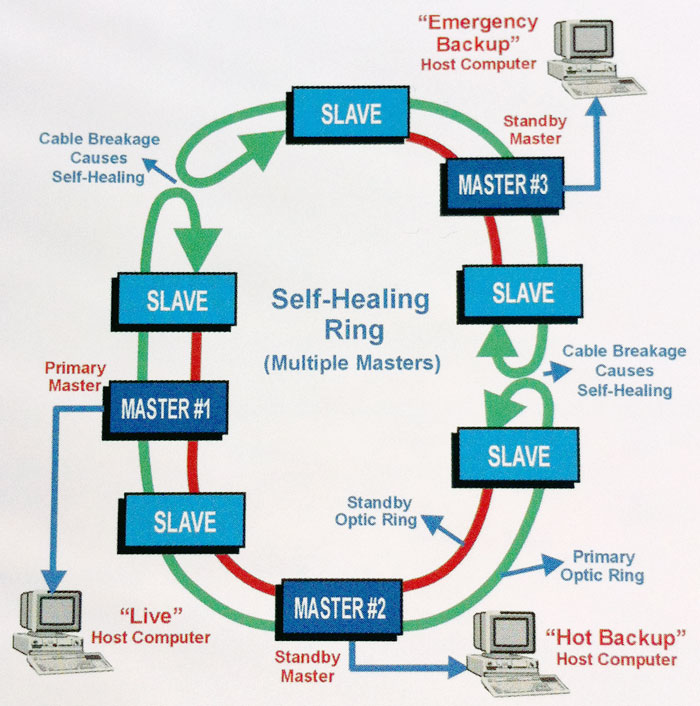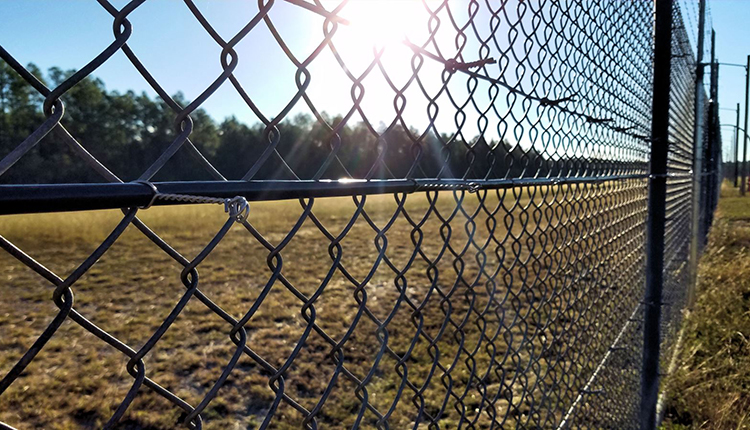Secure Your Home With Trusted Fiber Optic Safety And Security Solutions
In an age where safety and security risks are progressively sophisticated, the demand for reliable protection options is extremely important. Fiber optic safety and security systems stand out by offering exceptional reliability and performance, leveraging innovative light transmission innovation to enhance monitoring capacities. security fibers. Recognizing the ins and outs of fiber optic security can illuminate the course to protecting your residential or commercial property a lot more efficiently.
Benefits of Fiber Optic Safety And Security
Fiber optic safety and security solutions offer a variety of advantages that make them significantly necessary in today's electronic landscape. One of one of the most substantial benefits is their remarkable bandwidth ability, which enables the transmission of large amounts of information over fars away without considerable signal destruction. This capacity is especially advantageous for protection systems that count on high-def video clip security and real-time surveillance.
Additionally, fiber optic cables are naturally much more protected than conventional copper circuitry. They are immune to electro-magnetic interference, making them much less susceptible to hacking or eavesdropping. This improved security is crucial for safeguarding sensitive data and keeping the stability of security systems.
In addition, optical fiber are a lot more long lasting and resistant to environmental variables, such as wetness and temperature variations, ensuring lasting integrity and minimized upkeep costs. The light-weight nature of fiber optic cable televisions additionally streamlines installation processes, allowing for greater adaptability in system style.
How Fiber Optic Equipment Job
In modern-day protection applications, the procedure of fiber optic systems depends on the principles of light transmission through adaptable glass or plastic fibers. These fibers are made to lug light signals over fars away with marginal loss, making them optimal for sending information connected to protection tracking. The core of the fiber, surrounded by a cladding material, makes sure that light signals continue to be contained within the core through a sensation called total internal reflection.
When incorporated right into protection systems, fiber optic cords can transfer data from different sensing units, such as video cameras, movement detectors, and alarm systems, to a central surveillance terminal. The high data transfer capacity of optical fiber allows for the transmission of big quantities of information simultaneously, making it possible for real-time security and timely action to prospective hazards.

Sorts Of Fiber Optic Safety Solutions
Different sorts of fiber optic safety and security solutions have actually arised to boost surveillance and defense throughout various environments. One noticeable remedy is fiber optic border breach discovery systems (PIDS), designed to check and protect home borders through the detection of vibrations and disruptions along fiber optic wires. These systems supply real-time signals, enabling timely feedbacks to unauthorized access efforts.
An additional reliable option is fiber optic video clip security. This modern technology leverages high-def cams linked using fiber optic wires to transmit video clip data over fars away without considerable loss of quality. This arrangement is especially beneficial in expansive areas, such as airports and commercial sites, where typical copper wires may falter.
Additionally, fiber optic sensing units are significantly used for ecological surveillance, finding changes in temperature level, pressure, or acoustic signals that can suggest security violations or harmful problems. These sensors offer high sensitivity and accuracy, making them optimal for essential framework security.

Installation and Maintenance Tips
Effective installment and upkeep of fiber optic protection remedies are vital for ensuring their optimum efficiency and durability. Fiber optic cables must be transmitted securely, preventing sharp bends or twists that could jeopardize their honesty.
During installment, it is a good idea to carry out thorough screening of the system to verify that all components are operating properly. Routine maintenance checks should be arranged to check the fiber optic wires for any kind of signs of wear or damages, as well as to make sure that connections continue to be safe and secure. Cleansing the adapters regularly is also essential to prevent signal loss due to dust or debris.
Additionally, maintaining an updated supply of installed components and their requirements can facilitate much easier troubleshooting and upgrades. By sticking to these installment and maintenance pointers, homeowner can take full advantage of the performance of their fiber optic safety solutions, guaranteeing a reliable protection against possible dangers.
Comparing Prices and Efficiency
When examining fiber optic security options, recognizing the equilibrium between expenses and effectiveness becomes extremely important (security fibers). Organizations has to think about the ahead of time financial investment, ongoing upkeep expenses, and the long-lasting value these systems provide. While fiber optic systems might need a higher preliminary setup expense compared to standard copper electrical wiring, their durability and minimized sensitivity to electro-magnetic interference commonly convert to reduced maintenance prices with time
Effectiveness is another critical aspect; fiber optic safety systems provide improved information transmission speeds and boosted reliability. They can cover bigger ranges without signal deterioration, making them ideal for large buildings or remote areas. The high data transfer ability supports innovative safety applications, such as high-definition video clip monitoring and real-time monitoring, which are necessary for detailed safety and security administration.
Ultimately, the option between expense and effectiveness need to be assisted by particular safety demands and run the risk of evaluations. Organizations should evaluate their special requirements, considering elements like building dimension, safety and security threats, and technical advancements. By carrying out a complete cost-benefit evaluation, stakeholders can make enlightened decisions that straighten with their safety purposes while making certain a sound financial investment in fiber optic innovation.
Final Thought
In final thought, fiber optic safety services use significant benefits in terms of performance, reliability, and resistance to ecological disturbances. These systems improve surveillance capabilities and perimeter safety and security, making them a reliable choice for comprehensive protection. First setup expenses might be greater, the long-lasting advantages, including fiber optic security system minimized maintenance and superior performance, justify the financial investment. Ultimately, the adoption of fiber optic technology stands for a forward-thinking method to securing buildings versus advancing protection dangers.